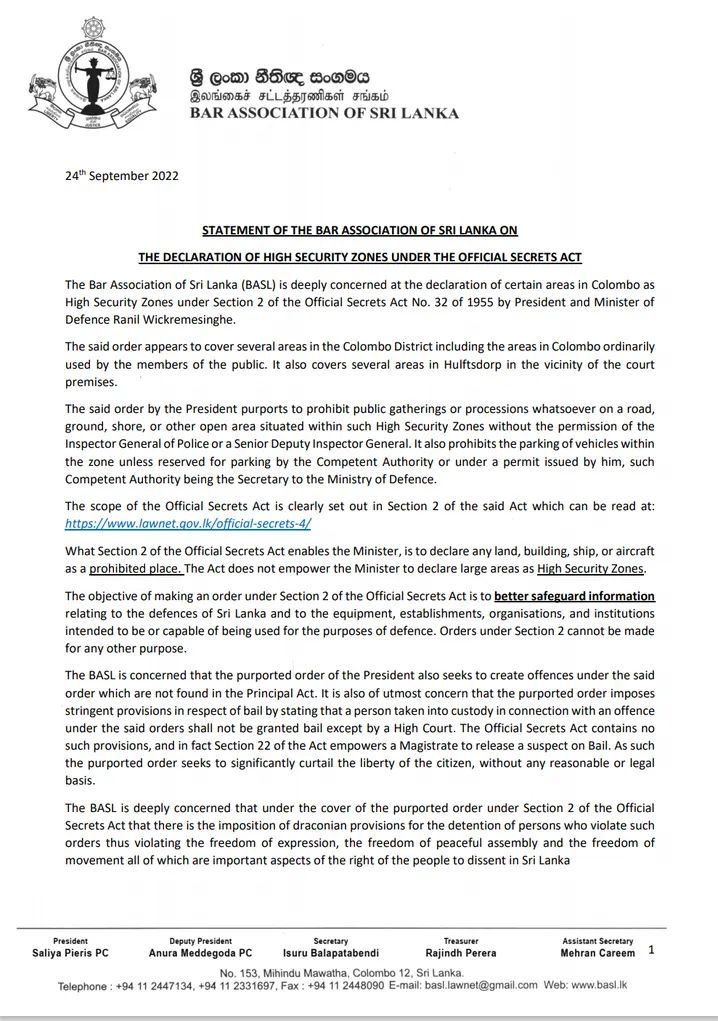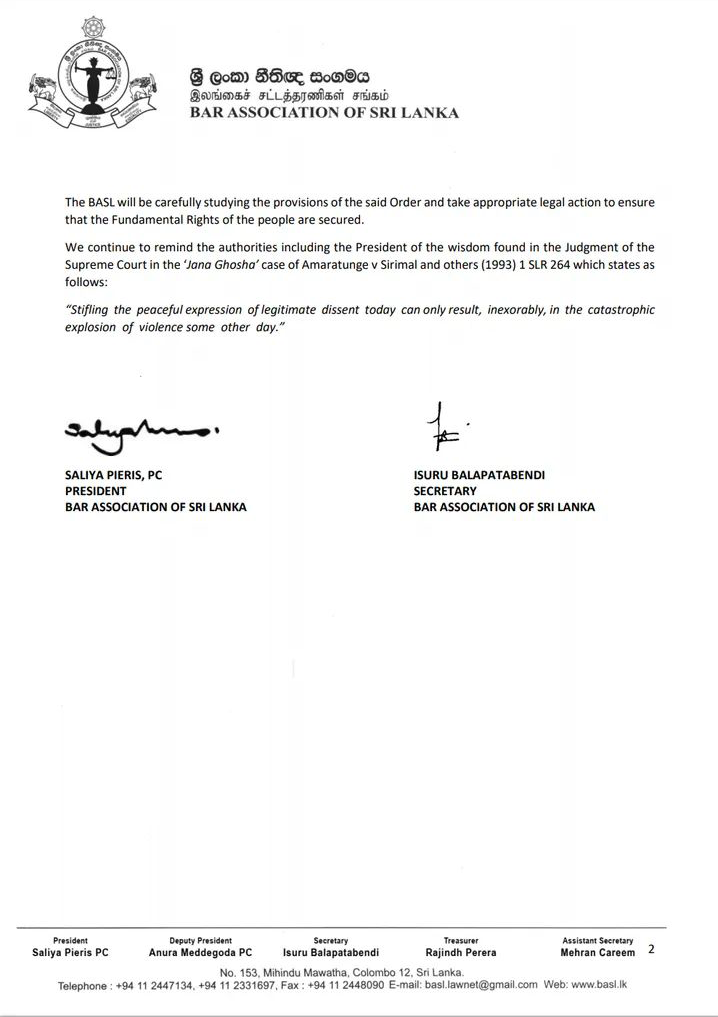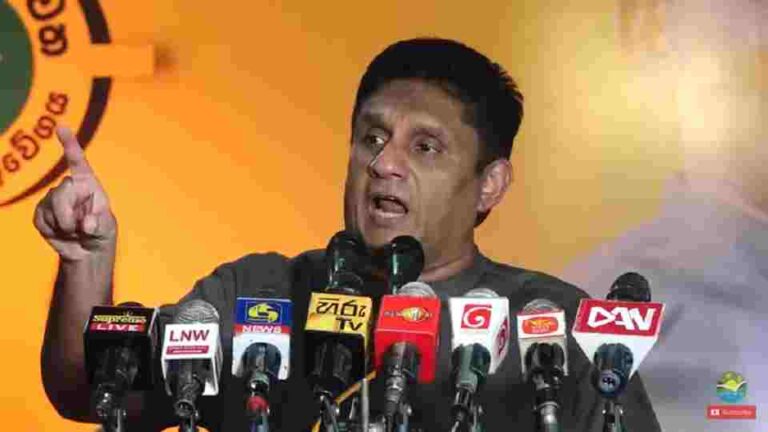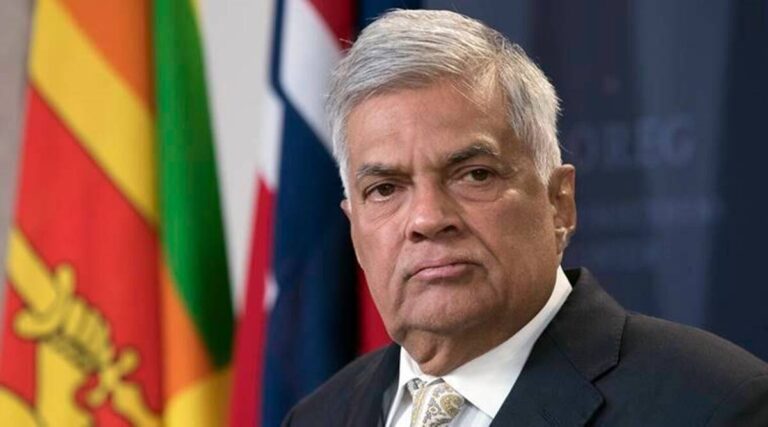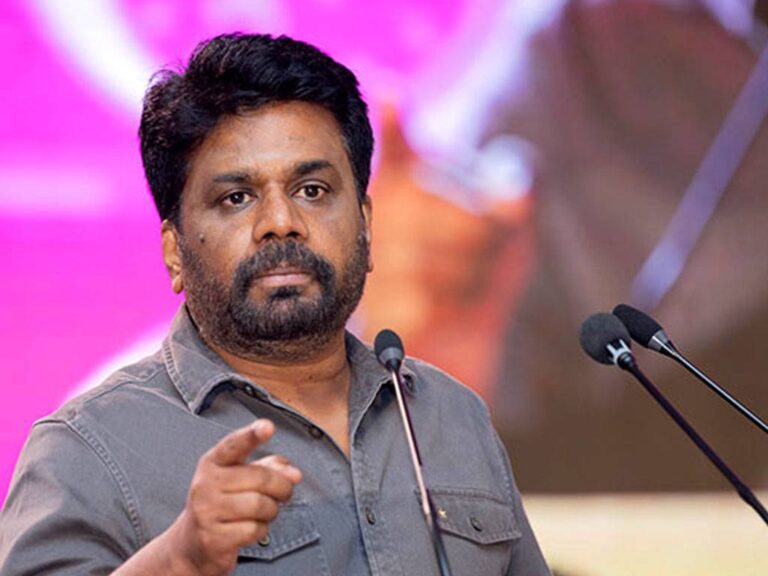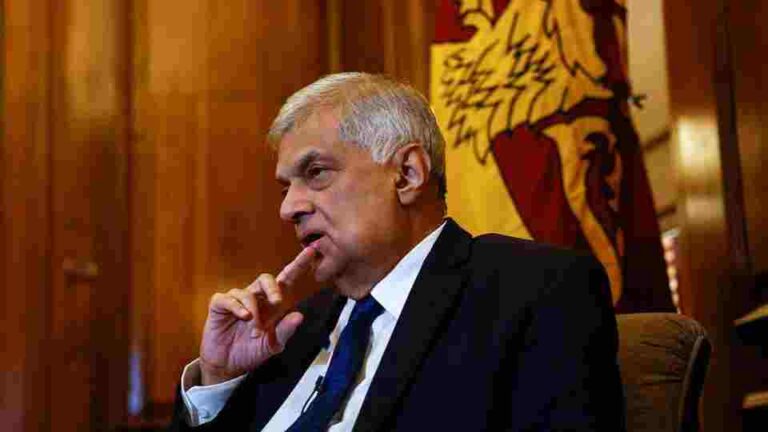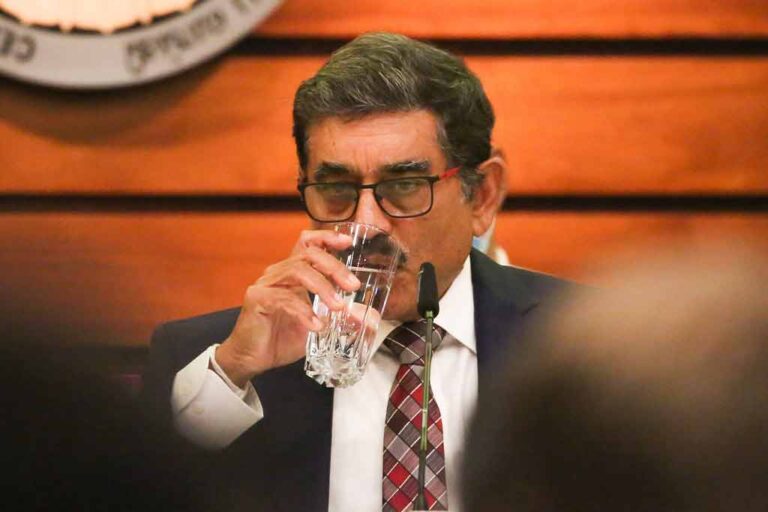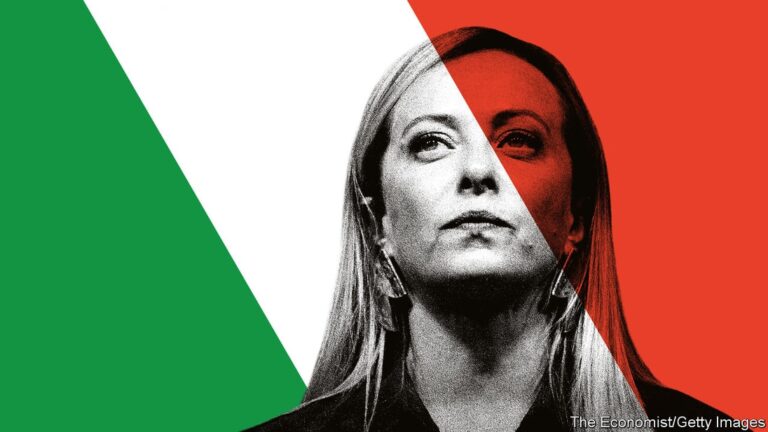Looking at the length and breadth of the economic crisis after the Covid era, it appears that the current Sri Lanka is caught in the trap of an ‘Economic Hitman’. Gotabaya Rajapaksa, who came to power on November 16, 2019, faced this debt burden. As of 2014, the amount required for debt servicing was two billion dollars, and in 2019, the amount surged three times to six billion dollars. After ‘leaning against the wall’ in the debt trap, Sri Lanka had two solutions. One solution was to maintain the economic stability of the country by paying off the due loan installments, even in the midst of dire straits.
Although this appears to be a highly pressured method, various strategies could have been sought to pay off the loan premium through unpopular practices such as import restrictions. Sri Lanka followed this methodology till 12th April 2022. It was also the method that the Central Bank of Sri Lanka (CBSL) must follow. The Central Bank had no legal right to follow any other method.
The next method was to unilaterally default on the loan without paying the installments. This is seen as declaring the country bankrupt. Such a serious decision cannot be taken by an official let alone by the President or by a single opinion. There is a separate legal status for that, and it must be approved by the Cabinet and Parliament.
Soft Default
President Gotabaya Rajapaksa was considering a case of debt default in the world economy, using what he described as ‘soft default,’ on the subject of Sri Lanka at this time. Dr. Indrajith Coomaraswamy and Prof. Shantha Devarajan advised him on that. The Central Bank of Sri Lanka was paying the due installments and doing its job even when these two were contacting the ex President through Zoom and advising the him to direct Sri Lanka to a smooth debt default. The Ministry of Finance also knew that the practice of the Central Bank was correct.
It is also necessary to consider Dr. Indrajith Coomaraswamy and Professor Shantha Devarajan, who became the sole advisor of President Gotabaya Rajapaksa, and who were assigned to give advice for the economy of Sri Lanka, according to the coordination of Milinda Moragoda. Dr. Kumaraswamy, who served as the Governor of the Central Bank during the Good Governance government, is one of the leaders who led Sri Lanka to the current debt trap. Dr. Kumaraswamy, a strong financial backer of the LTTE and a consultant to Raj Rajaratnam’s Galleon Company, who was convicted by a US Court in 2011 for profiting by using undisclosed information in insider trading, also acted as the Indian side’s representative for the ECTA agreement with Milinda Moragoda as a member of the Pathfinder Team.
Rajapaksa had intended to not pay the debt by single decision as the first step to bankrupt the country by rounding up World Bank advisers like Prof. Devarajan. Accordingly, the proposal of Dr. Indrajith Kumaraswamy and Professor Shantha Devarajan was that Dr. Nandalal Weerasinghe should be appointed as the new Governor of the Central Bank of Sri Lanka. Accordingly, Dr. Weerasinghe became the new Governor on April 7, 2022, and by the sole decision of the new governance, on April 12, Sri Lanka decided to default on its sovereign foreign debt with immediate effect. Foreign-aided NGOs were already exerting the environmental influence necessary to add the adjective bankrupt to Sri Lanka, and even so, Sri Lanka acted for its economic sovereignty. In this situation, the country’s economic sovereignty was illegally betrayed by Dr. Weerasinghe.
At the same time, the power center of the Sri Lankan economy began to gather around the International Monetary Fund (IMF). Thus, it is my understanding that it was Weerasinghe who took the necessary steps for the assassination of the country’s economy.
On April 29, United National Party (UNP) Chairman Vajira Abeywardena questioned as to whose permission was Sri Lanka declared bankrupt.
He asked whether the Cabinet had given the approval to act considering the country to be bankrupt and weather the Ministry of Finance and the Minister himself had approved it. As the Chairman of the UNP, he also stressed that it is the responsibility of all 225 members of Parliament to study the issues and tell the country whether the Parliament has given approval.
Sri Lanka is in a very sad situation in front of the world and the Central Bank, which answers to everything, did not respond to Abeywardena’s statement that the country has reached that situation due to non-payment of debts. Vajira Abeywardena also questioned about this in Parliament.
He added that those who declared Sri Lanka bankrupt have committed an illegal act, and although the Parliament has given up financial control and handed it over to others, since the financial control belongs to the Parliament by law, declaring the country bankrupt is a powerless process, and the current President is questioning it in Parliament when he was still a Member of Parliament. He also said that neither the Ministry of Finance nor the Central Bank has the power to bankrupt the country and said that when something is done without power, everyone remains silent. He said that the country’s bankruptcy was declared by the other group without the knowledge of the representatives of the Parliament, but the blame was placed on the Chambers. He further said that it is the responsibility of everyone in Parliament to demand a proper investigation into the bankruptcy of the country.
This is treachery of the worst kind, as well as an offense of the gravest kind. Dr. Weerasinghe is the main person responsible for that.
With the decision to default, Sri Lanka had to resort to a position dependent on the International Monetary Fund for its entire economic process. Dr. Weerasinghe, who participates in the discussions about Sri Lanka with the IMF and has become the head of the preparation of the necessary Sri Lanka policy. He previously served as the Sri Lanka representative of the Monetary Fund of Sri Lanka. Due to Weerasinghe receiving three years for the opportunities of working in the financial fund which is entitled to others for two years, he got the opportunity to get the super pension provided by the financial fund. Accordingly, Dr. Weerasinghe is now a pensioner of the financial fund. What is the morality of him having such a relationship with the financial fund for Sri Lanka to negotiate with it? On one hand, Sri Lanka’s decision to default on the International Monetary Fund; On the other hand, being the negotiator of the financial fund on behalf of Sri Lanka as a beneficiary of the financial fund.
It is true that Gotabhaya Rajapaksa, who was the puppet of Milinda Moragoda, gave this ability to Weerasinghe. However, Dr. Weerasinghe was ultimately stabbed, but more weight should be put on him when it comes to this economic assassination.



